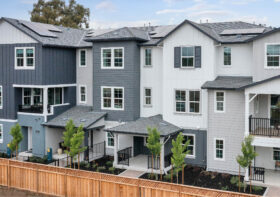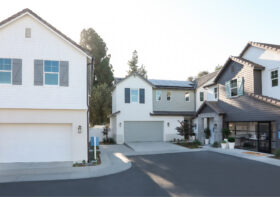Inspirational Architecture: The Simpson-Lee House
What inspires you?
Where do you look for architectural inspiration?
Ask architecture students and you’ll likely hear the names of all the famous “Star-chitects:” Thom Mayne, Zaha Hadid, Bjarke Ingels, etc. But inspiration can be found elsewhere, in more modest scales of work. Australian architect and 2002 Pritzker Prize winner, Glenn Murcutt, comes to mind.
“Architects must confront the perennial issues of light, heat, and humidity control yet take responsibility for the method and the materials by which, and out of which, a building is made. The considerations, context, and the landscape are some of the factors that are constantly at work in my architecture.”
—Glenn Murcutt, 1996
Murcutt’s belief that architecture should be grounded in the climate and landscape stems from the Australian Aboriginal ethic of “touching the land lightly,” meaning that one should not disturb the landscape any more than necessary. In Murcutt’s own words this is about “order, structure, refuge, place making, understanding the relationship to topography, understanding geology/hydrology, understanding weather patterns, and understanding climate.”
Murcutt’s Aboriginal ethic is more than just a fancy marketing slogan, it’s a way of design. His Simpson-Lee House, located on Mount Wilson in the Blue Mountains west of Sydney, embodies many of these principles. The clients wanted a “monastic unpretentious” two-bedroom, two-bathroom home that responded to the site. The long narrow shaped home was sited and oriented to align with an existing bush track for two reasons: one, by placing it on this bush track, no trees were removed to construct the home and two, the east-northeast orientation on the mountain provided protection from the warm summer and cold winter winds.
Murcutt designed the house to live with the environment. It is not connected to water utility services (which is not surprising in the middle of the bush) so the slanted roof acts as a water collection system. Water flows from the roof and into water cisterns behind the house. The reverse brick veneer and the concrete flooring of the house act as a thermal mass to heat the building at night and cool it during the day. To take advantage of the prevailing wind patterns and help the house “breathe,” Murcutt designed windows at the living room to slide completely open. In addition to cooling the house, these sliding windows allow the living room to be used as a veranda to experience the landscape.
To the north – there is a water element that reflects light into the home during the day. On a utilitarian level, the pond is an emergency water reserve in the event of a bush fire. On a symbolic level, the pond acts as a connection between the garage, the home, and the landscape, heightening the experience leading to the front door.
There is inspiration to be found everywhere.
To see pictures of this inspirational architecture click here.





Leave a Reply